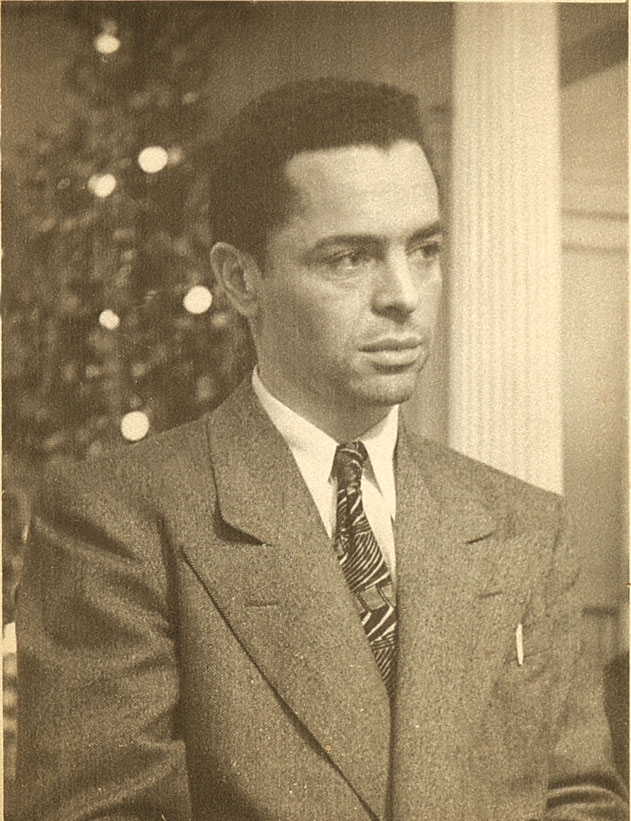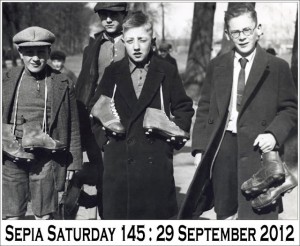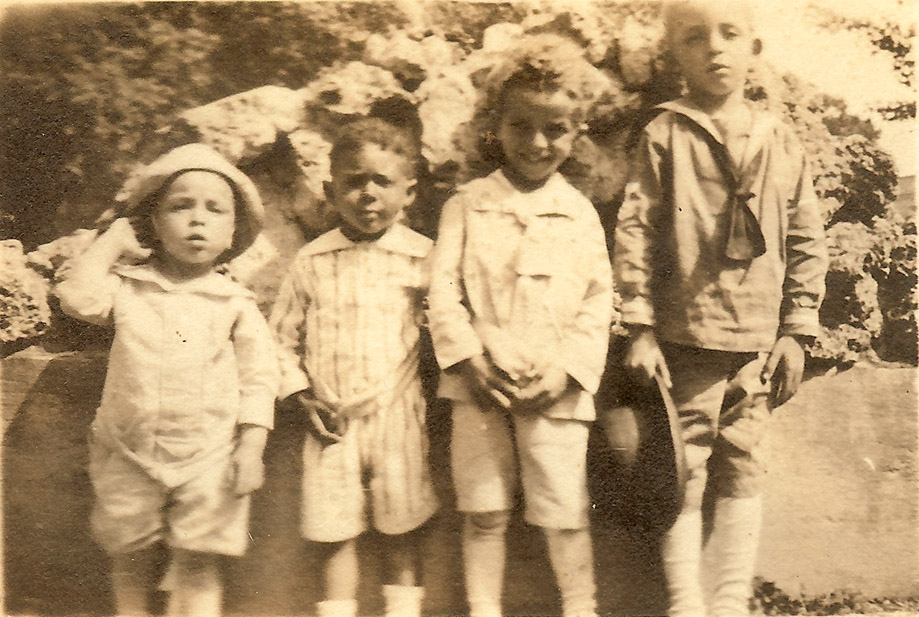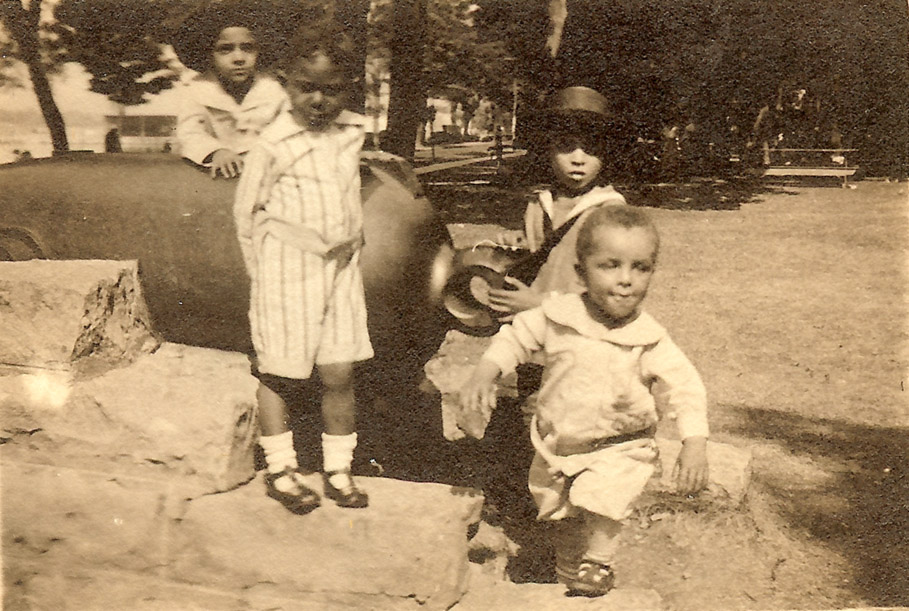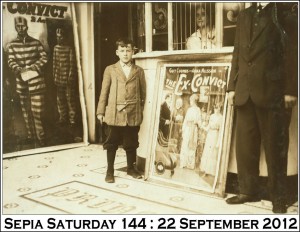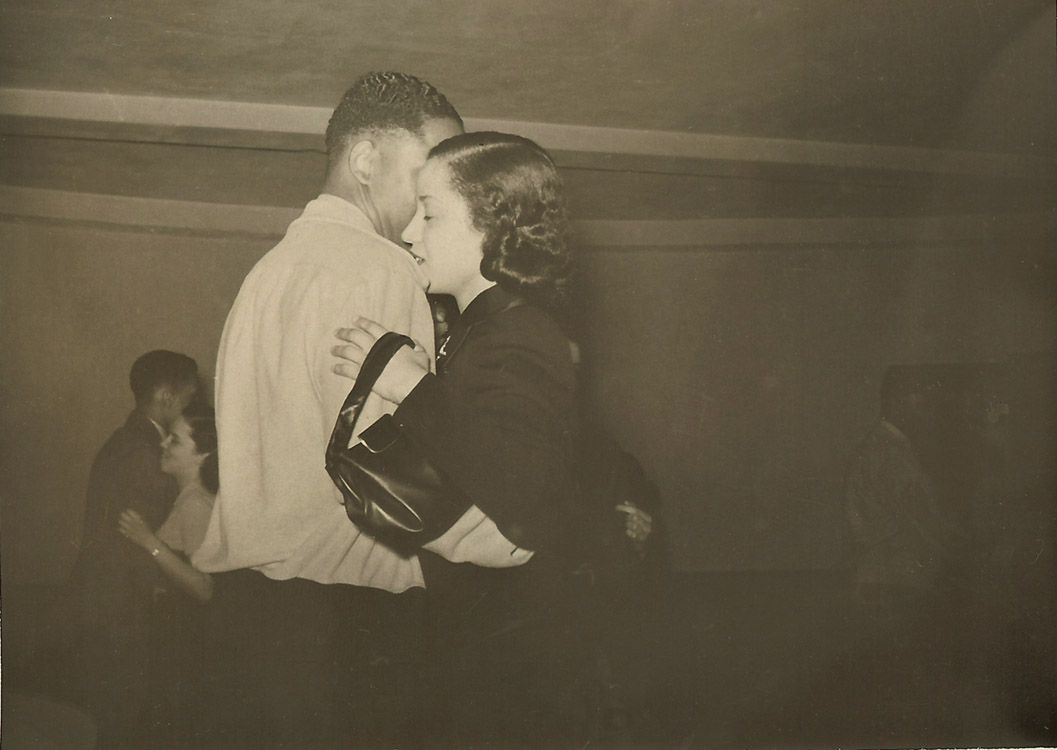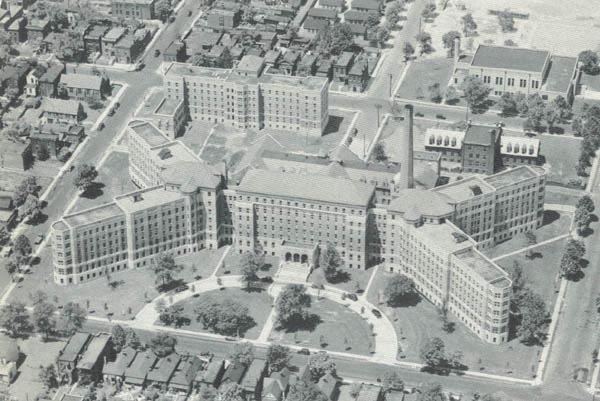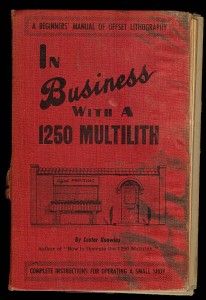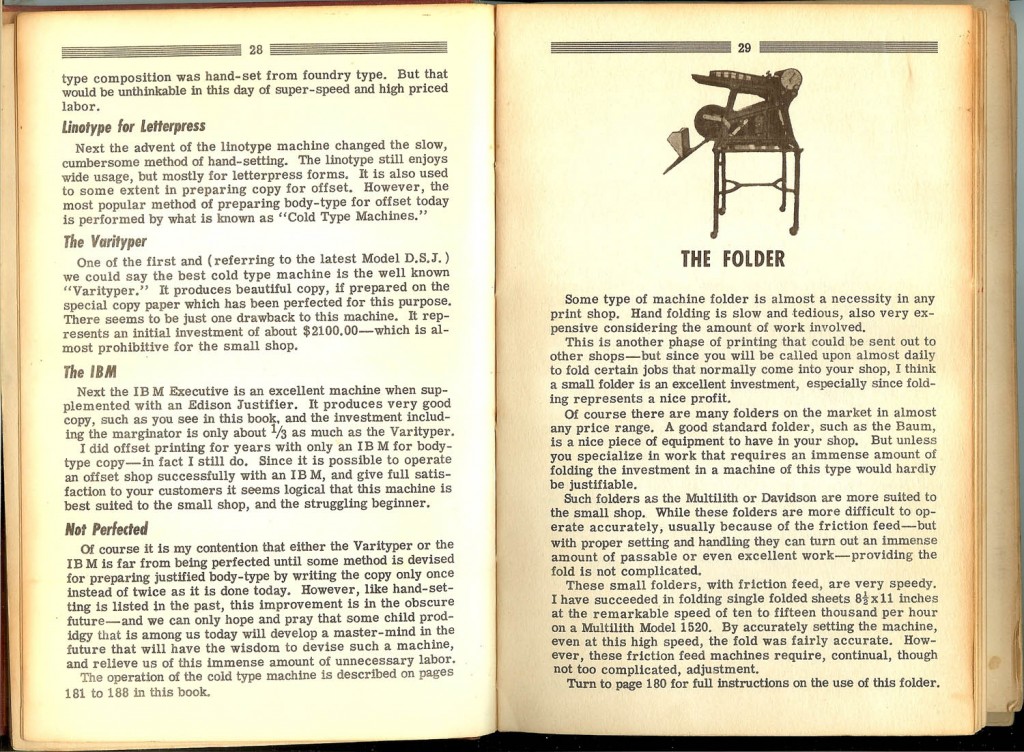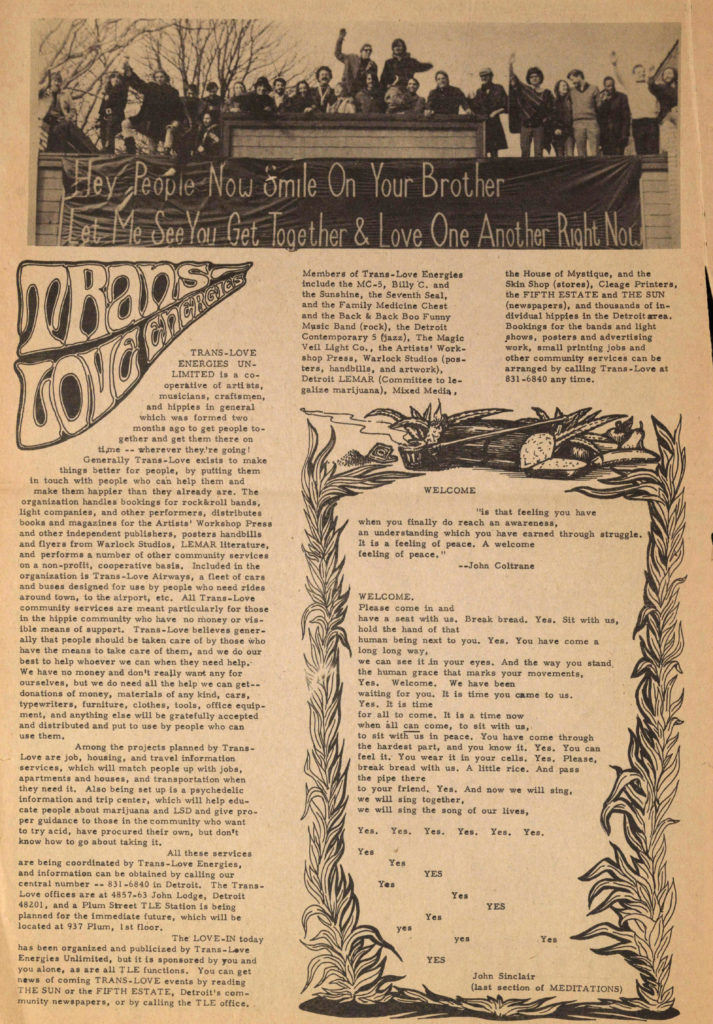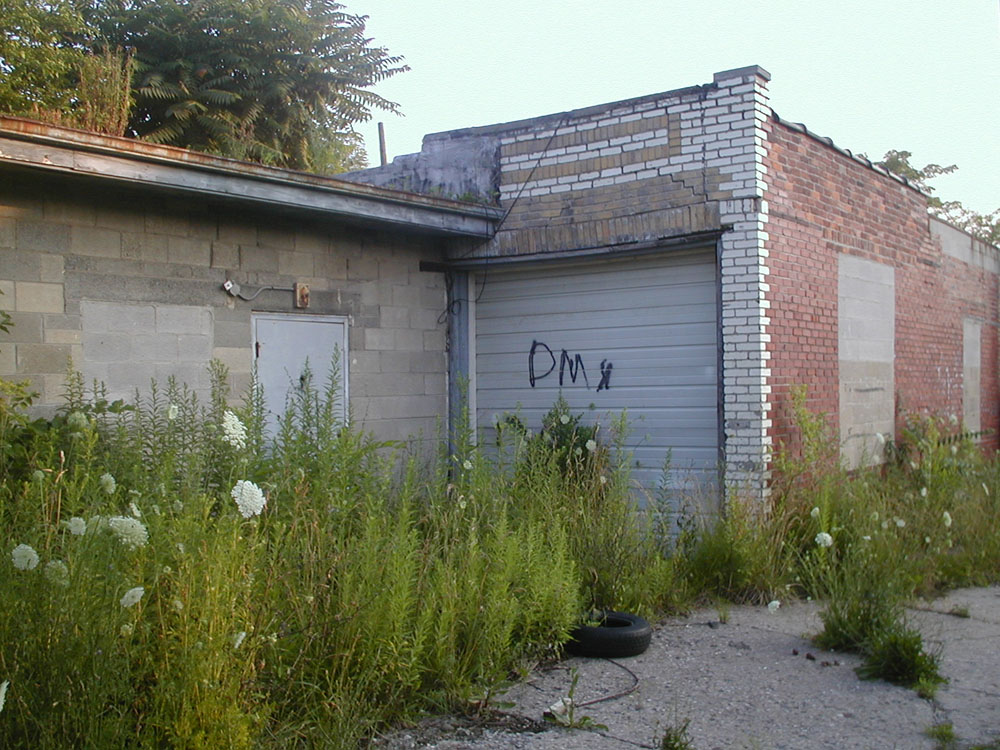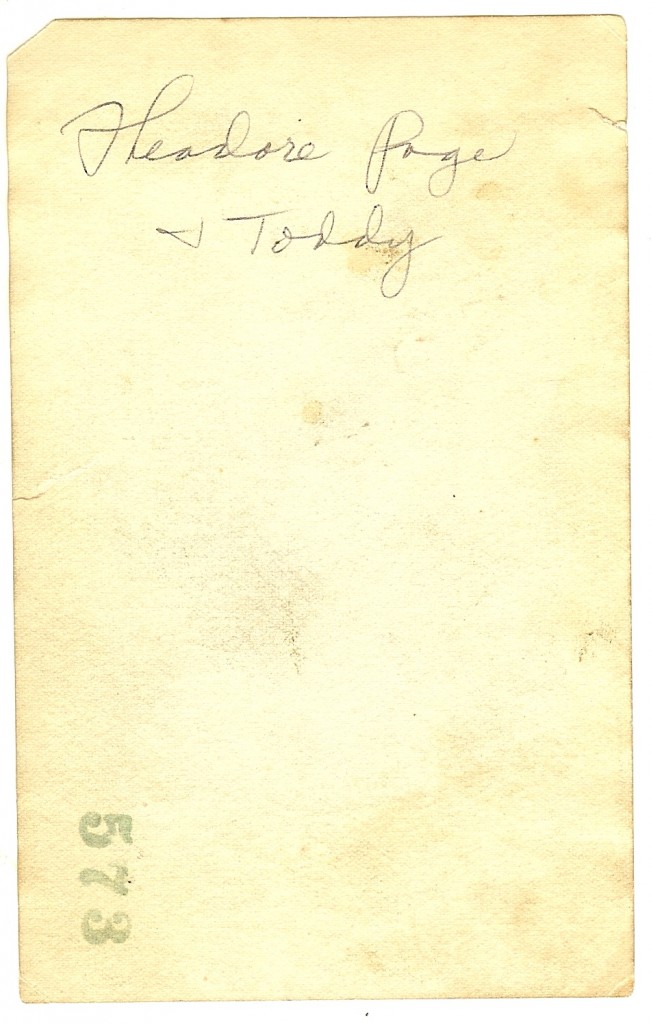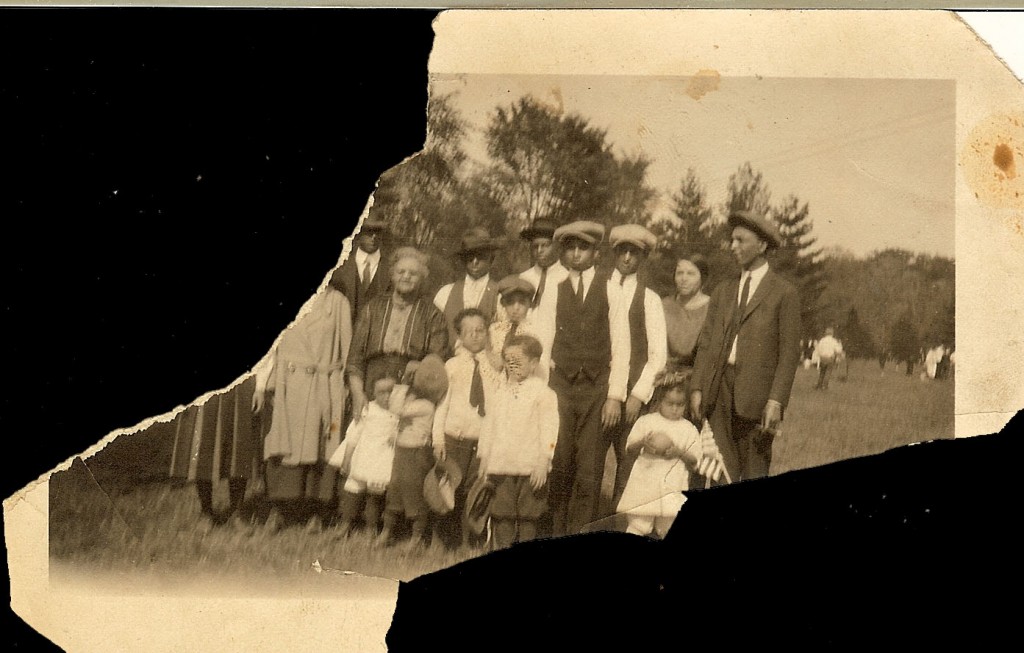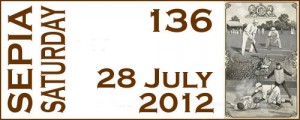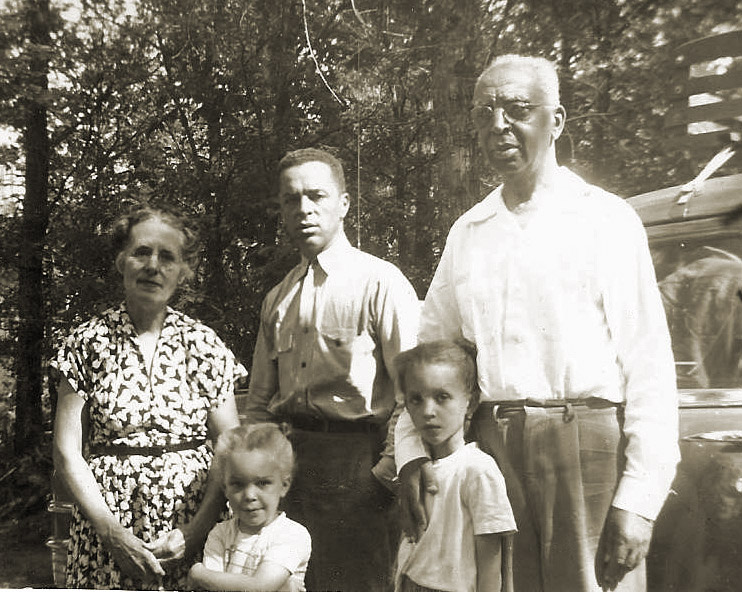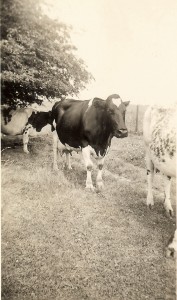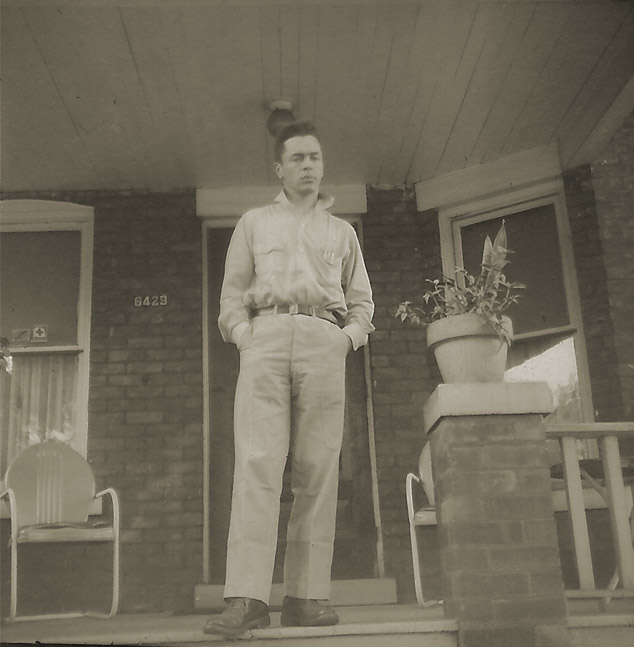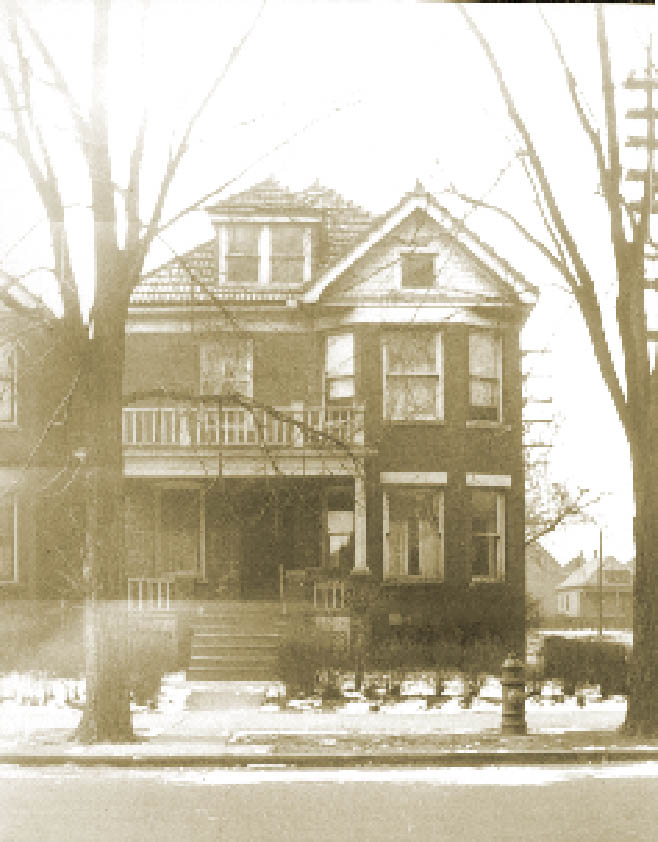The article below sounds good, Mayor Bowles of Detroit fulfilled an election promise and appointed a black person, my grandfather, as city physician. I had read about this before in an article that praised Mayor Bowles for making the appointment. There was a veiled reference to the Mayor having been accused of being a member of a “secret group”.
Recently my cousin Jan was scanning photographs and old newspaper articles and she sent me the badly deteriorated copy of the article below. This article also praises Mayor Bowles for his appointment and talks about the negative pressure he has been receiving because of it. Although the end of the articles has crumbled there was enough left to make me wonder just what was going on? I googled Mayor Charles Bowles and Aaron C. Toodle, the mysterious pharmacist cited in the article below.
As it turns out, Mayor Bowles ran for Mayor several times, twice with the backing of the Ku Klux Klan. He was reputed to have ties with the bootleggers and racketeers in Detroit and this resulted in a petition of recall just 8 months after his election. My grandfather held the post of city physician for many years.
Both of the Newspapers quoted below were black newspapers. The first is the “Chicago Defender”. The second is the “Detroit Independent.” The racist statements were made in a white paper, “The Detroit Free Press”.
“Detroit, June 20 – The announcement was made from Mayor Charles Bowles’ office that Dr. Albert C. Cleage, West side physician, had been appointed to the position of city physician, the appointment to become effective July 1.
Dr. Cleage, who has been a resident here for the last 15 years, will be the first member of the group to be elevated to the position of city physician. Mayor Bowles is carrying out pre-election promises to appoint members of the group to better positions.
Dr. Cleage is a graduate of Knoxville college, Knoxville, Tenn. class of 1906. Dr. Cleage finished the medical course at Indiana university and was appointed interne at the City hospital, Indianapolis.
While at the City hospital Dr. Cleage took a competitive examination and finished second in a class that included graduates from practically every university in the country. Following his internship at Indianapolis, Dr. Cleage practiced medicine for three years in Kalamazoo, Mich, before coming to Detroit.
Dr. Cleage is married and the father of seven children. Albert, Jr, is a student at Detroit City College. Henry is a cello player in the all-city high school orchestra. The new appointee is an Elk and a member of the Alpha Phi Alpha and Sigma Pi Phi fraternities.”
———————–
Anti-Bowles Forces Resent Placing Negro on City Staff
“Dr. Albert B. Cleage 4225 McGraw Avenue, recent appointee of Mayor Charles Bowles to the staff of City Physicians, began his duties in that capacity last Tuesday morning. Dr. Cleage is eminently fitted for this position as he has served on the Welfare Department at Indianapolis, and is a graduate of the University of Indiana Medical College. Dr. Cleage’s salary will be $3,300 a year with a $600 allowance for a private car.
Considerable alarm has been manifested by the Anti-Bowles administration faction over the appointment of a Negro to the City Staff. Rather than credit Mayor Bowles with giving the group the representation that it should have had some years ago, this faction incriminates the mayor by charging him with making an effort to obtain a large percentage of race votes.
The Detroit Free Press charges that the appointment was engineered by John Gillespie, commissioner of public works, and that the appointment is coincidental with the dismissal of employee from the garbage department. The paper further asserts that Gillespie discharged these employees in order to replace them…(missing part)”
Free Press Hates Negroes
Negroes Appreciate Courage and Fairness of Mayor Bowles
Baseless Attack on Negroes Drive Former Enemies to Bowles Camp
When a newspaper is as anxious to run Detroit as the Free Press is it ought to have sense enough not to insult 50,000 Negro voters as it did July 1st.
Many City Physicians have been appointed in Detroit without appearing on the front page of the Free press. Why does the Free Press keep all others off the front page and put the Negro __tor (can’t make out) on the front page? For only one bad reason, only to harm the Negro and discredit Mr. Bowles by appealing to white prejudice.
The Free Press tried to make whites believe Mr. Bowles has done too much for Negroes.
If 80 percent of the welfare cases are colored, mayors long before Mayor Bowles should have had the courage and fairness to appoint a Negro.
Since no one else did, Negroes give all credit to Mayor Bowles and will stand by him for his fine attitude toward the race.
Mayor Attacked for City Race Appointment
(continued from page one)
Toodle, druggist, have been instrumental in having some of the dismissed employees re-hired. It is this activity of these men, it is believed, that the daily papers referred to when they erroneously stated:
“Dismissed employees of the garbage department said that Dr. Cleage has held a number of meetings with Aaron C. Toodle, Negro druggist at St. Antoine and Vernor Highway, for the purpose of placing Negro citizens in city jobs.”
In speaking of the consternation caused by a Negro’s being placed on the city’s payroll in a department other than the garbage department, Dr. Cleage said:
“There is absolutely no politics in this appointment. I have interested myself in getting jobs for unemployed Negroes and have succeeded in getting jobs for ten or twelve men with the city. Most of these were old city employees who had been laid off.”
_________________________


